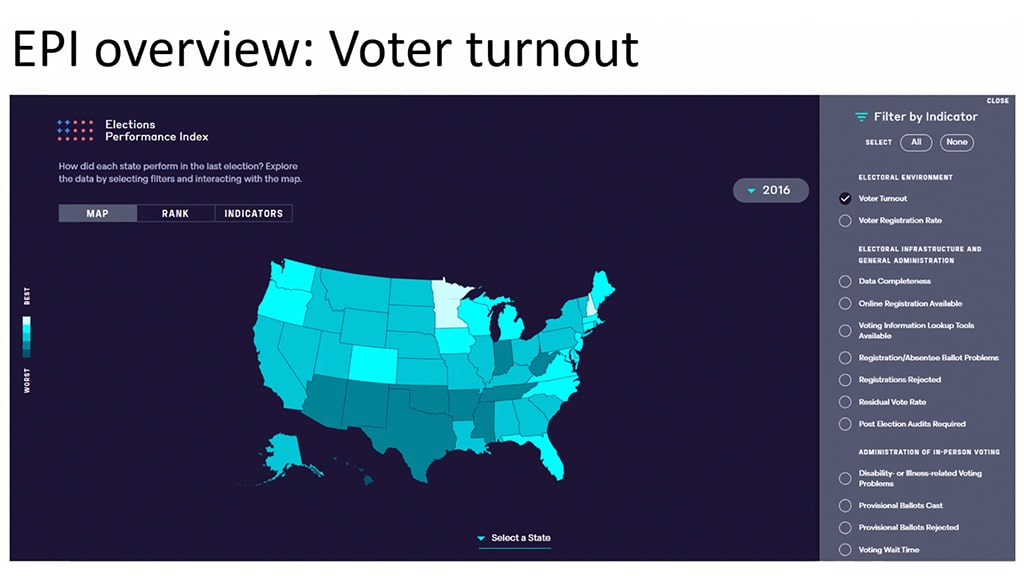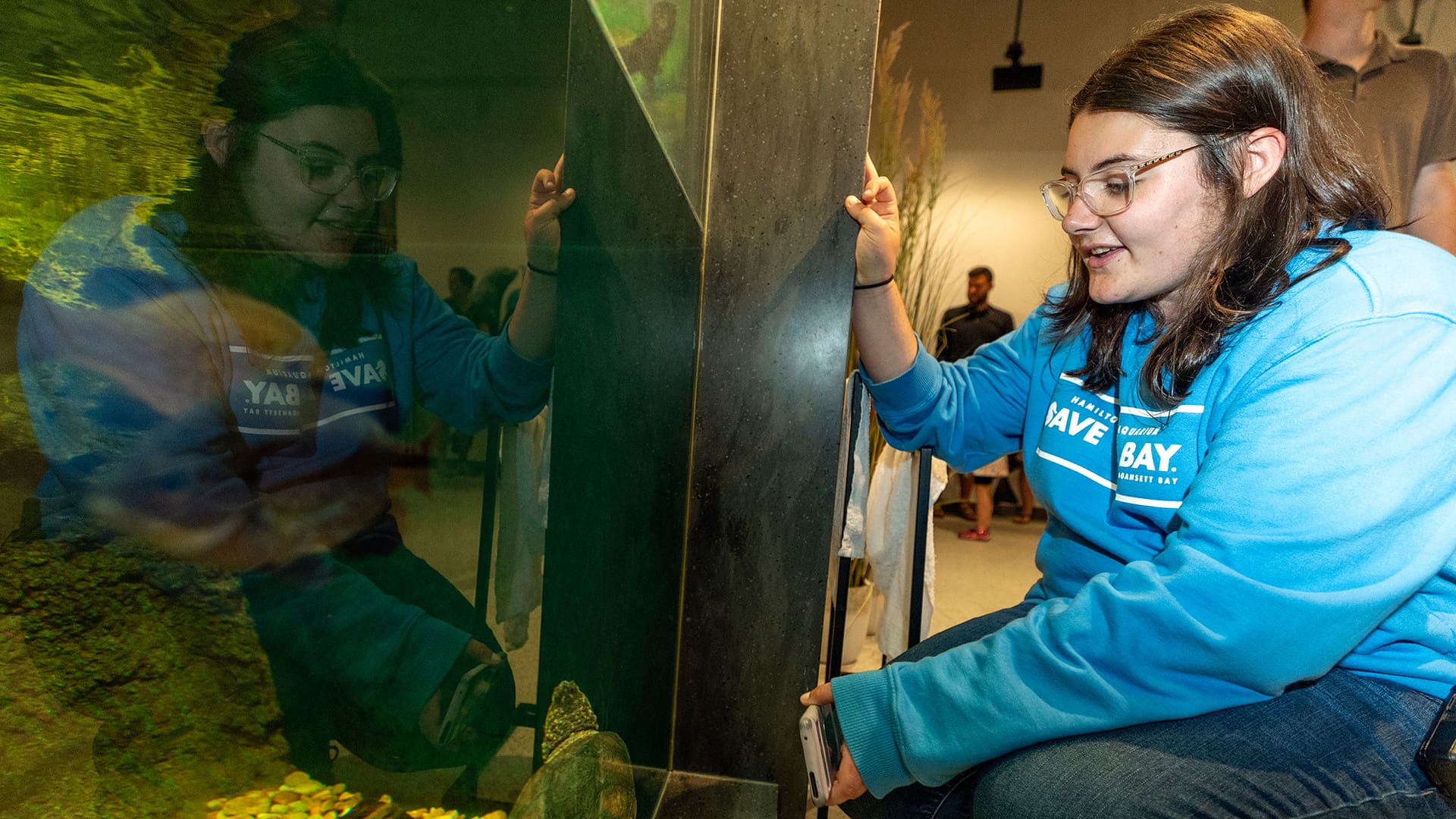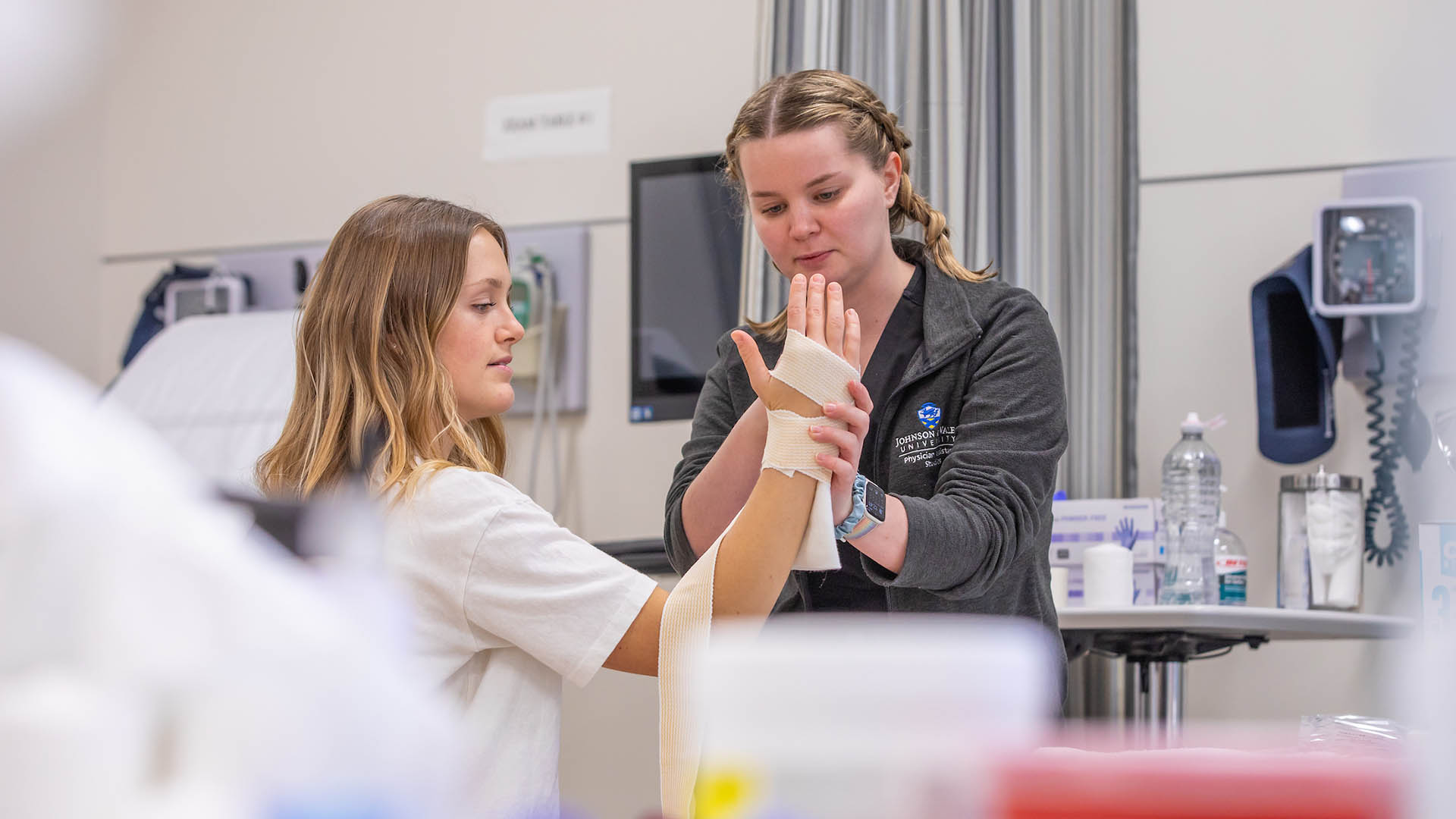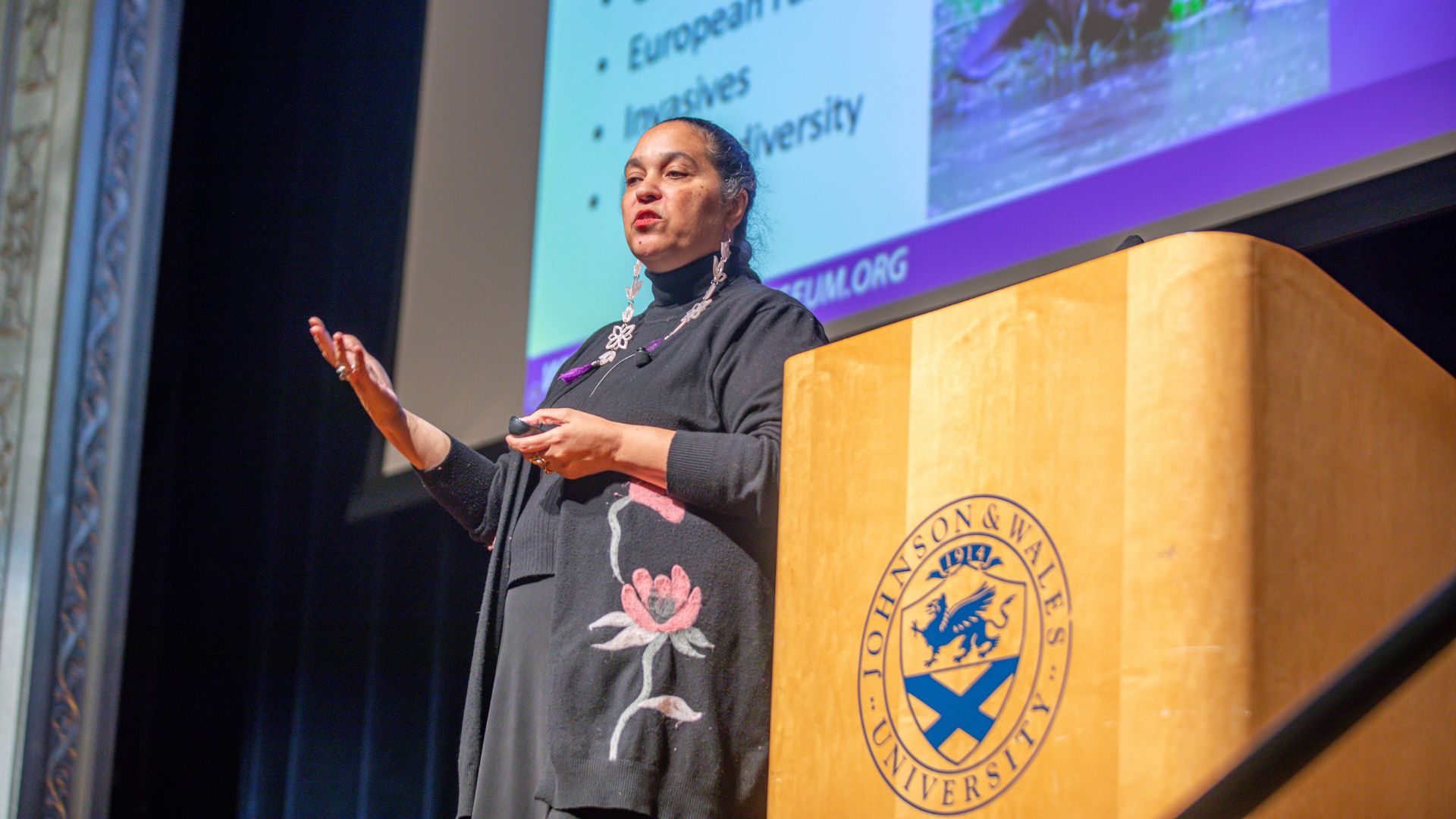Are Credible Elections Still Possible?
We all agree on one thing: 2020 has been a horrific year. A global pandemic, the highest level of polarization in modern history, geographic partisan sorting — all culminating in what some describe as the election of a lifetime mere days away.
Considering such obstacles, are credible elections still possible?
To answer that question, Massachusetts Institute of Technology (MIT) political scientist and researcher John Curiel, Ph.D., spoke to JWU students, faculty and staff as part of JWU’s weekly Policy Lab. Organized by Kevin DeJesus, Ph.D., and senior Tyler Piekarski, the lab is a virtual space for students to interact up-close with makers of public policy and to gain dynamic, up-to-the-minute engagement with the world of public policy. Students hear the real stories, experiences and complexities that define policy craft, leadership, and creative administration of the public good during an unprecedented time.
Curiel’s innovative research at the MIT Election Data & Science Lab analyzes gerrymandering, zip code splitting, representation, incumbency, and the role of institutions in mediating the integrity of elections. Since 2016, this MIT lab issues the official Elections Performance Index (EPI), a nonpartisan, objective measure of how well each state is managing national elections. It allows election officials to see a state’s performance over time and compare its performance against other states.
“The electoral college makes it far less costly to search for fraud; fraud is always at the local level.”
The problem: No national standard exists for running elections. In 1788 Alexander Hamilton argued in the Federalist Papers No. 59 that elections should be regulated solely at the federal level. More than 200 years later, federal elections are still regulated at the state level, and each state’s methods differ dramatically.
To evaluate these methods, Curiel engages in election science, the scientific analysis of the voting system and its optimal operation — registering voters, getting to the polls, casting ballots, tabulating ballots, and certifying results. If successful, power transfers peacefully. The study of election science arose in this country to address questions of election legitimacy, particularly during the 2000 presidential election in Florida. It continues to this day with the 2020 presidential election nationally, and internationally with Bolivia’s recent presidential election.
Credible Elections 101
According to Curiel, credible elections require two components:
1) An election infrastructure. Curiel ranks the U.S. in the “C to B range” with its infrastructure, but the grade is not due to government investment. Large, private donations have bolstered election infrastructure; donors include Mark Zuckerberg, who along with his wife Priscilla Chan have donated $400 million, and the Schwarzenegger Institute at the University of Southern California, which provided six counties in Georgia with grants to reopen closed polling places, hire poll workers and provide PPE.
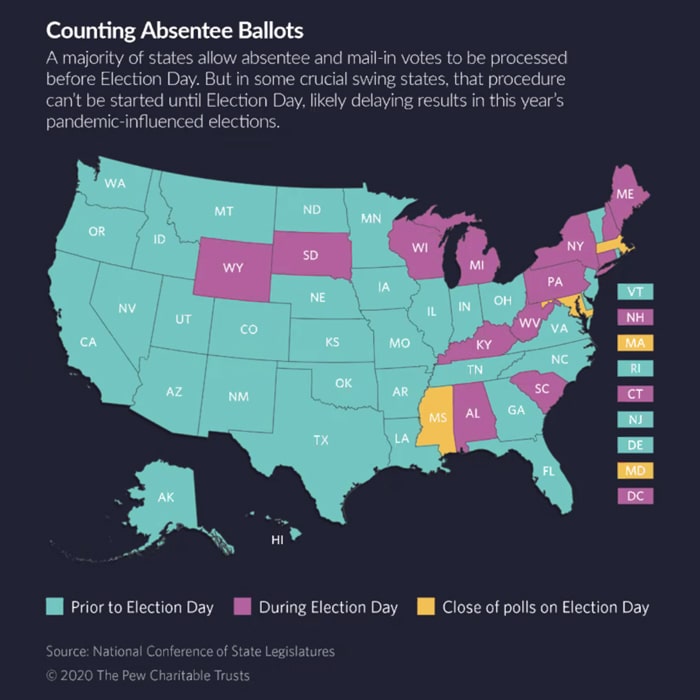
Still, many polling locations continue to be consolidated. Polling locations matter because they allow quicker reporting of results, increase participation, and reduce the potential for litigation. “If the allocation is inefficient,” Curiel explains, “a higher burden is placed on polling places, resulting in longer lines and lower voter turnout, especially in urban areas that have fewer polls due to COVID-19 risk areas.” This is particularly true in Georgia and Milwaukee County, Wisconsin; long waits well over the national average have led to hardship and loss of income for many lower-paid constituencies.
2) Political leadership. Political decisions impact where, when and how people vote. Metro areas that do not have proper and safe public transit to the polls suffer the greatest blow. For example, elections in Jefferson County, Kentucky, home to the state’s largest Black population, typically feature 270 polling locations. For the 2020 primary, the county offered only one polling place — a location out of reach for Black voters. Consequently, turnout of Black residents plummeted.
Election officials who increase voting options to improve accessibility may be impacting their election night results. Since many constituents are choosing to vote early or by mail, Curiel says these options would result in a slower count, which could potentially cause issues. North Carolina’s registered Democrats are returning their absentee ballots in much greater numbers than Republicans — an unprecedented shift that he calls a “severe polarization by party and geography.”
There is a bright side to such state discrepancies. Curiel says that Wisconsin “learned from its mistakes [in 2016] and stopped the worst from happening in the 2020 primaries.” North Carolina performs a “decent audit,” and makes all of its election information public, which led to them catching a case of fraud in 9th district during the 2018 congressional election.
In Defense of the Electoral College
Cooper-Morgan Bryant '20, a JWU alumnus who is now a graduate student at Harvard, asked about the future of the electoral college and its implications for election security.
“The electoral college makes it far less costly to search for fraud; fraud is always at the local level,” where researchers can easily find it, he states. “Conspiracies are not easy. They collapse in on themselves. [To succeed], they have to have an organizational structure approaching that of the military and the resources to do so.”
Gerrymandering 2020
Bobby Banskter, a senior political science major and vice president of JWU’s political science club, asked about New Jersey’s ballot question to redistrict without census data. Curiel replied that the best representation occurs when independent commissions redistrict — not legislatures. He also addressed the effects of the Supreme Court ruling to end the census count two weeks early: “Urban areas receive less representation. This will update gerrymandering for the next decade.”
Online Voting
Sophomore political science major Sada Connel asked if online voting would fix voting system flaws. Although New Jersey implemented online voting in 2012 after Superstorm Sandy, Curiel said that a permanent system would require “a huge influx of money from the state and national level, in addition to all of the security measures, which right now is not happening due to lack of money. Chances are litigation from all levels and parties would occur. Although it aids with voter access, it does raise security issues and increases an urban vs. rural divide, as some rural areas don’t have Internet access.” Despite its potential to improve the voting system, he doesn’t see it happening in the next two years at least.
So, are credible elections still possible? The answer, according to Curiel, is still a question: “Maybe? With complete polarization at the national level and with state levels that vary, the groundwork is there to delegitimize the election.”
And with such a dispiriting answer, 2020 marches on.
ABOVE RIGHT: A STATE-BY-STATE LOOK AT HOW ABSENTEE BALLOTS ARE BEING COUNTED THIS YEAR. SOURCE: NATIONAL CONFERENCE OF STATE LEGISLATURES. BELOW: PLANNED VS. ACTUAL POLLING PLACES IN MILWAUKEE COUNTY; MIT DATA VISUALIZATION OF 2016 VOTER TURNOUT BY STATE.

